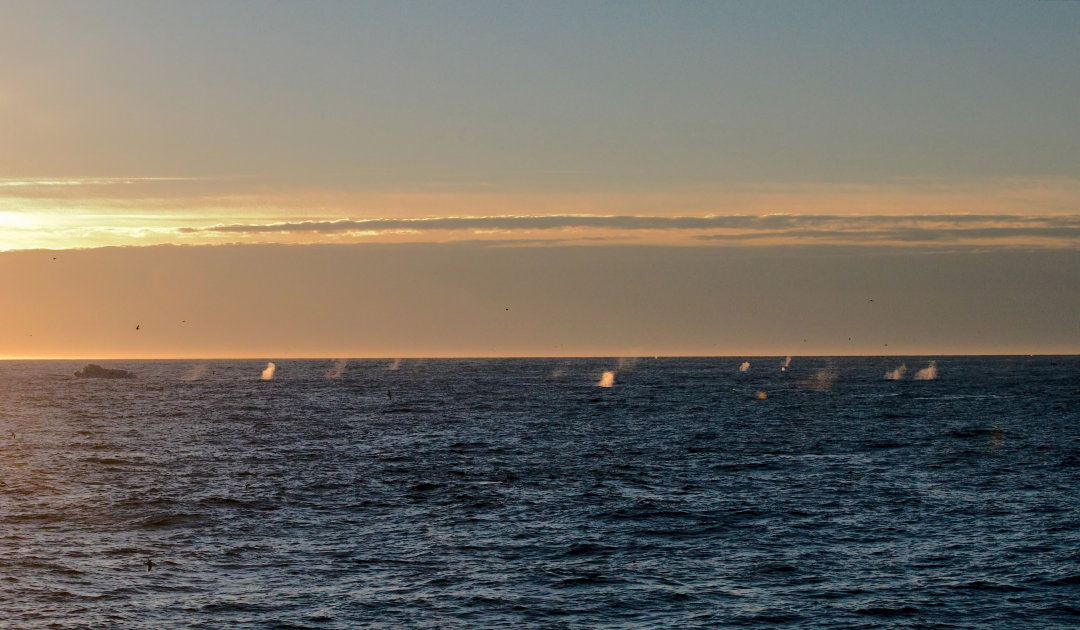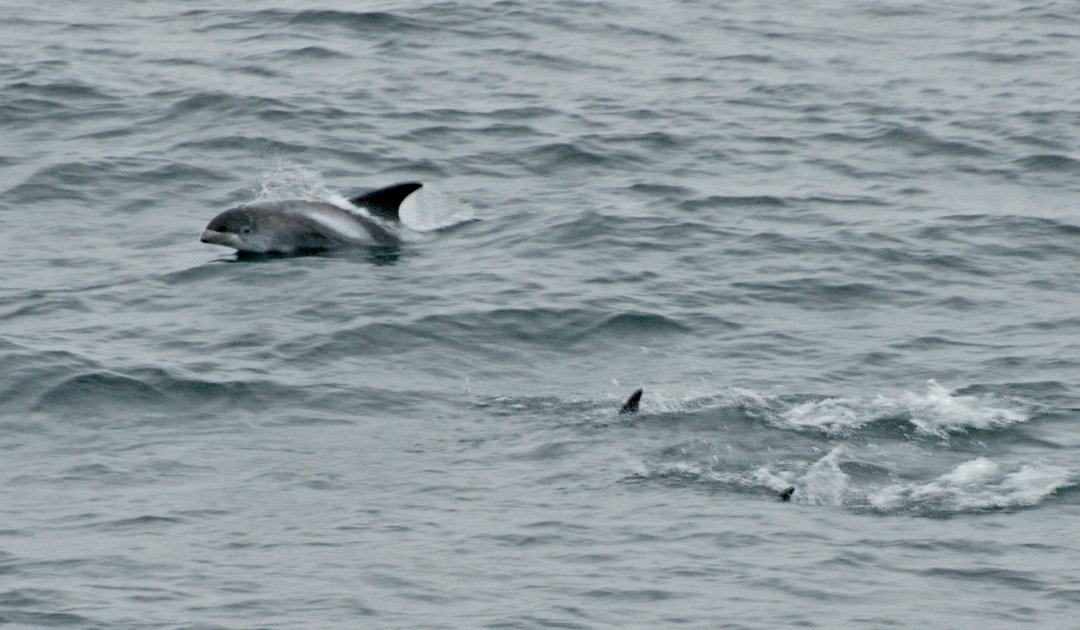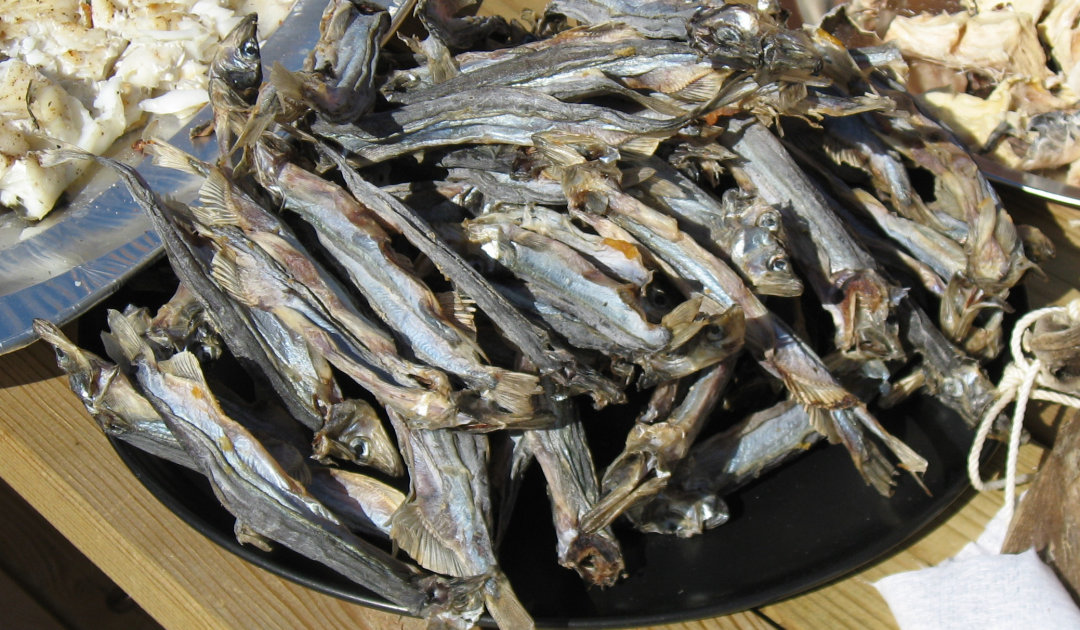
Whales are an absolute highlight for many visitors to the Arctic. And in Greenland, too, the large marine mammals are now hunted with a camera rather than a harpoon, as the economic value of whale-watching tours has been recognized. But unfortunately this is not true for all of Greenland. That’s because a study by an international team found that more whales bodes poorly for the southeast… and also means more competition for residents there.
More sightings and catches of humpback whales, fin whales, orcas, pilot whales and dolphins along the southeast coast, the migration of narwhals and belugas farther north, and a shift of large schools of capelin, an important Arctic fish species, farther north and west are the results of a study by Dr. Mads Peter Heide-Jørgensen of Greenland’s Institute of Natural Resources and an international team of scientists. In addition, there was an almost complete loss of pack ice in summer, a warming of the East Greenland Current along the coast, and thus a decrease in the amount of ice through the Fram Strait. “The southeast Greenland coastal and shelf ecosystems have entered a new regime, which has probably not been observed in this region for at least the past 200 years,” the team writes. “Conditions that were previously dominant are now rare, suggesting a tipping point involving summer ice coverage has been crossed and a new state with open water in summer has been reached.” The study was published in the journal Global Change Biology yesterday.


For their study, the research team analyzed catch and observation statistics on marine mammals and fish in the region over the past 20 years and compared them to historical data. They also studied the hydrographic and oceanographic parameters, such as water temperature and salinity, of the various ocean currents that converge in southeastern Greenland. Together with data on pack ice formation and melt and the amount of ice transported from northern Greenland through the Fram Strait, Heide-Jørgensen and his team obtained a detailed view of the region’s condition. The data showed that the region had not seen multiyear pack ice cover in summer for decades and that this must be related to the decline in ice transport from the north and the intrusion of warmer water masses from the south.



In conjunction with the warmer water masses, the species composition of the fish fauna in the region also changed. Previously cold-loving Arctic species such as polar cod and capelin migrated further north and west to the coast of East Greenland, and less fatty and nutritious species migrated in. The polar fish were followed by Arctic marine mammals such as seals, narwhals and belugas, as they rely on high-fat foods. Instead, other whale species were sighted more and more frequently. These include large aggregations of humpback whales, fin whales and also orcas. Even more temperate species like pilot whales were suddenly sighted more frequently.


The study also examined the consequences of more frequent whale sightings. This is because the animals are mainly after the fish and thus represent a food competition to the local fishery. In fact, data show that the new immigrants together eat about 750,000 metric tons of fish and about 1.5 million metric tons of krill, creating major food competition not only for local fisheries but also for their Arctic relatives. Together with changing environmental factors, this additional competition could provide for a breakdown of the current food web in the region and the formation of a new condition in which boreal species become dominant. “The observed changes in southeast Greenland demonstrate that a regime shift has occurred and are likely to be the first signal of what will become an increasingly common scenario in the Arctic,” the authors conclude.
Dr Michael Wenger, PolarJournal
More on the topic





